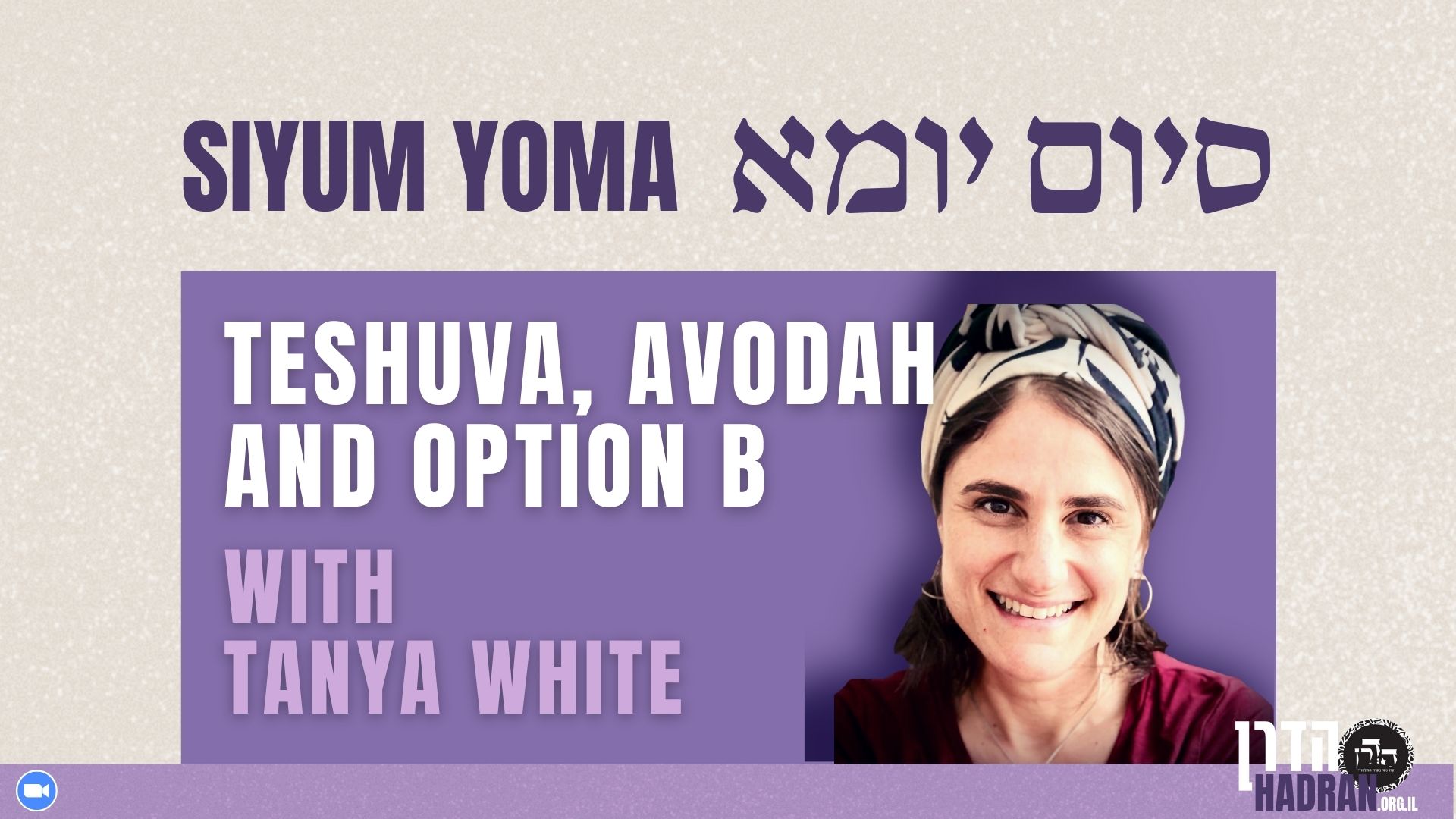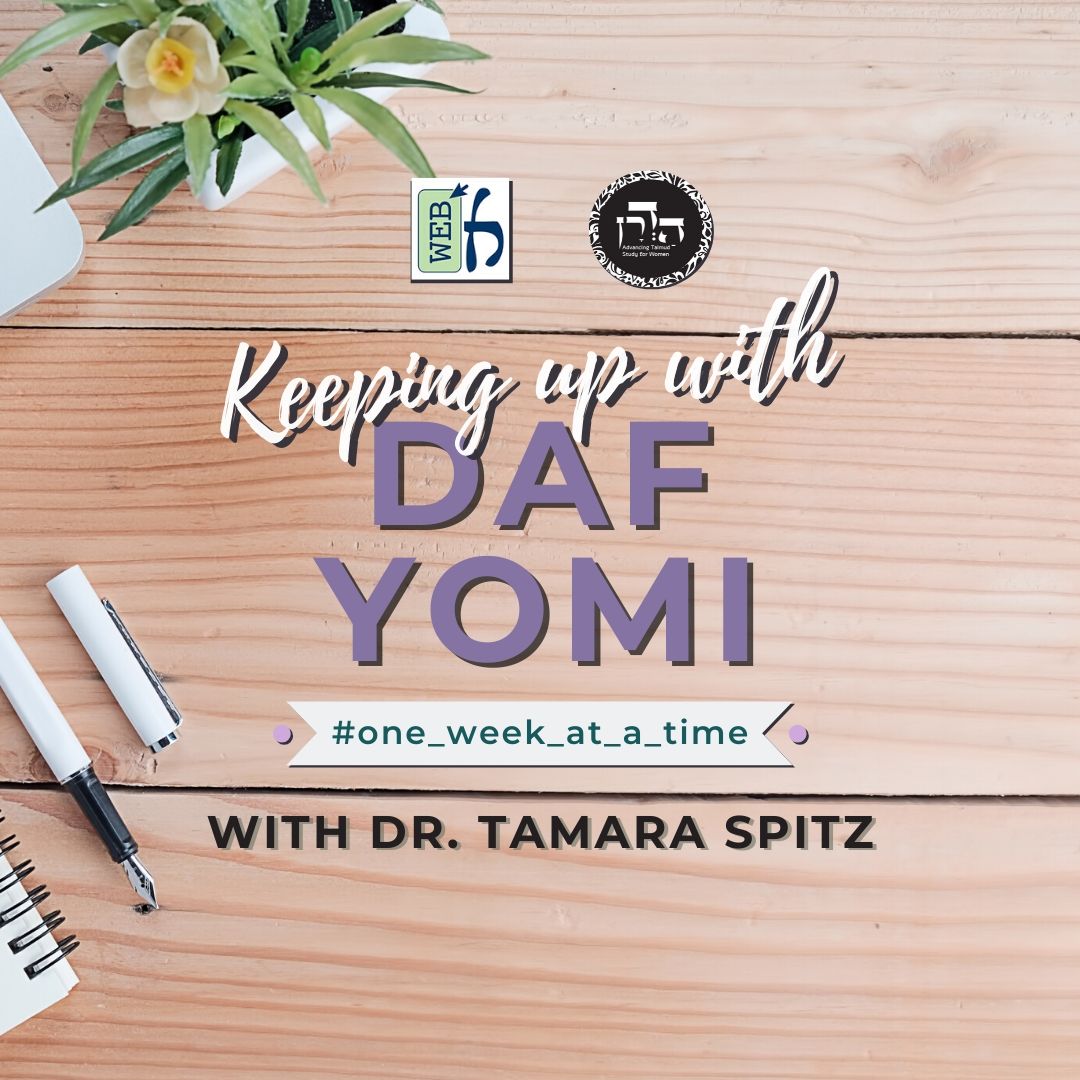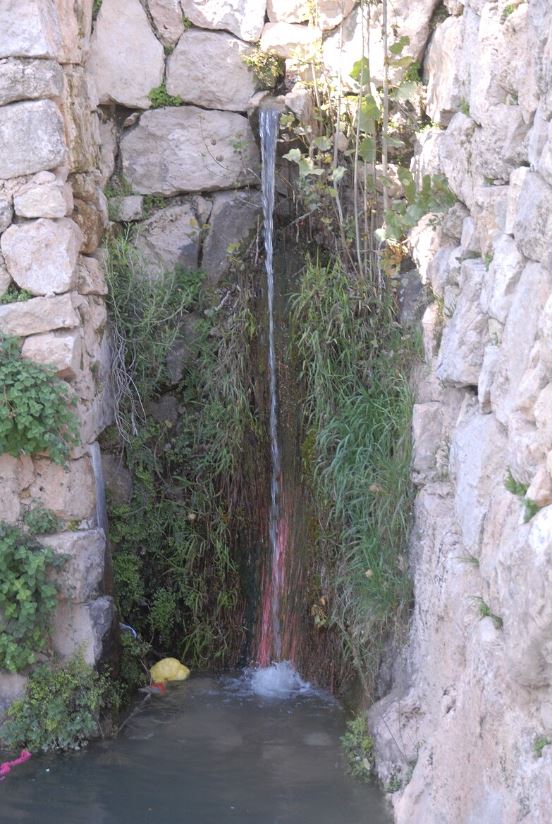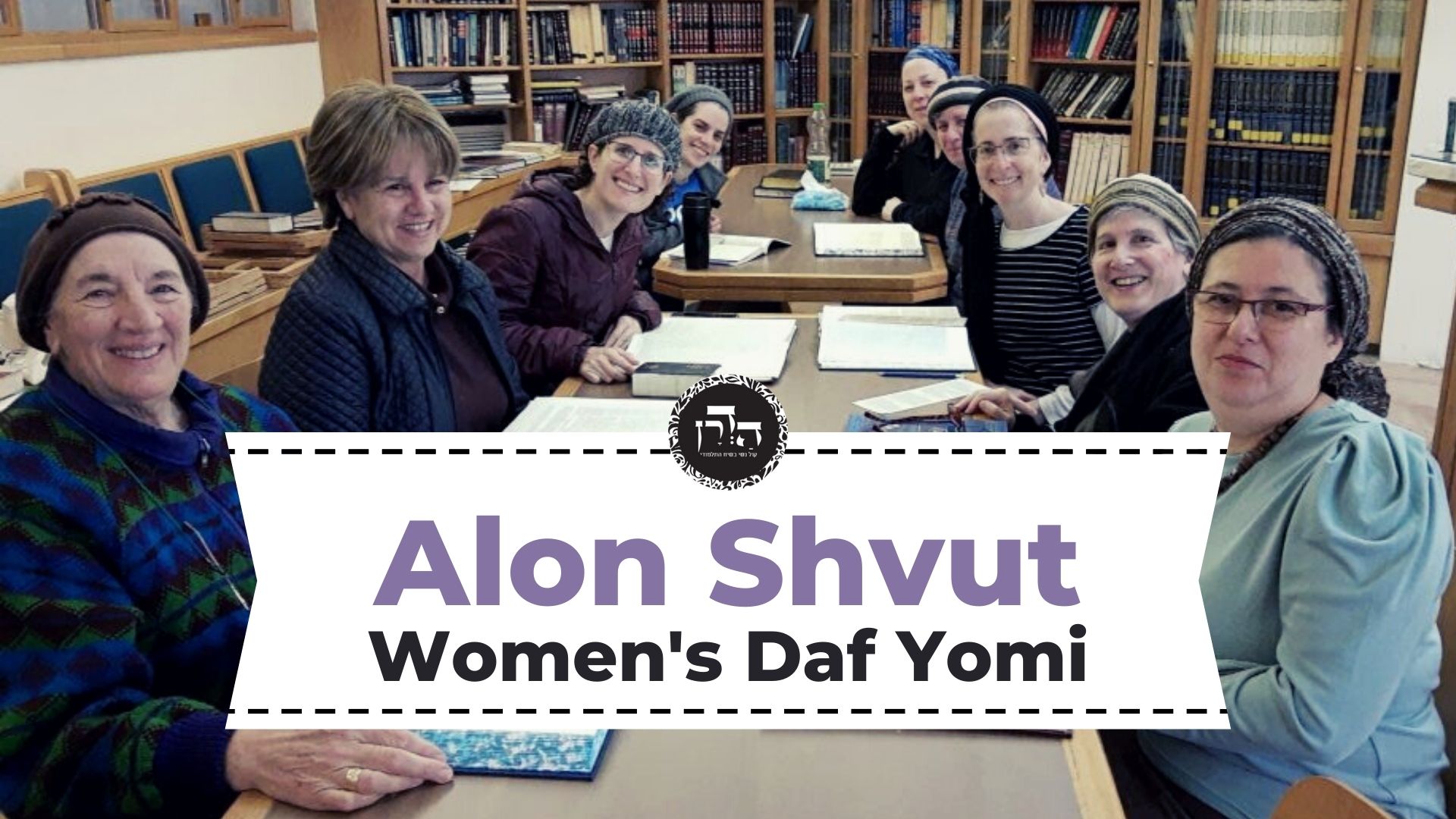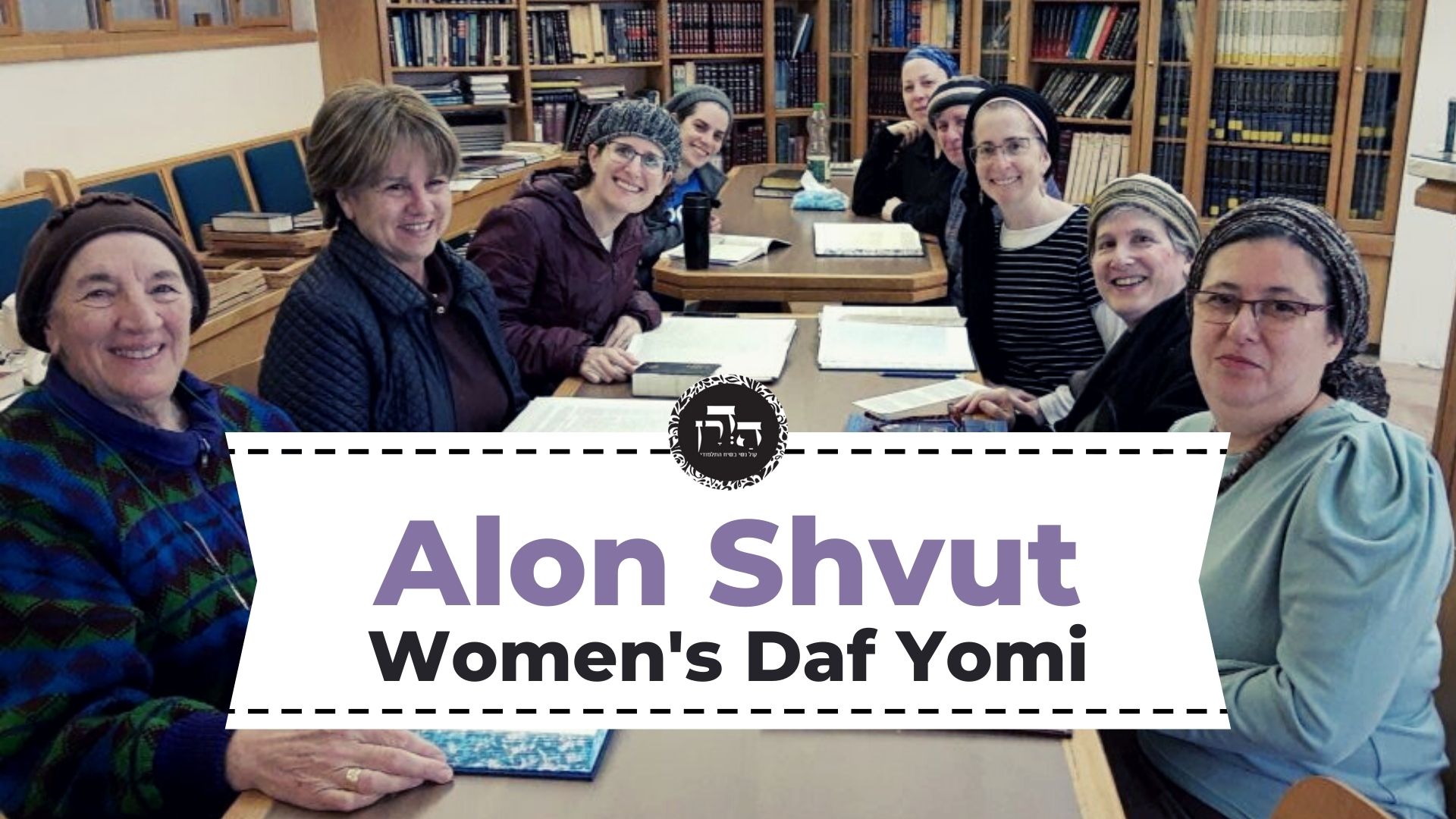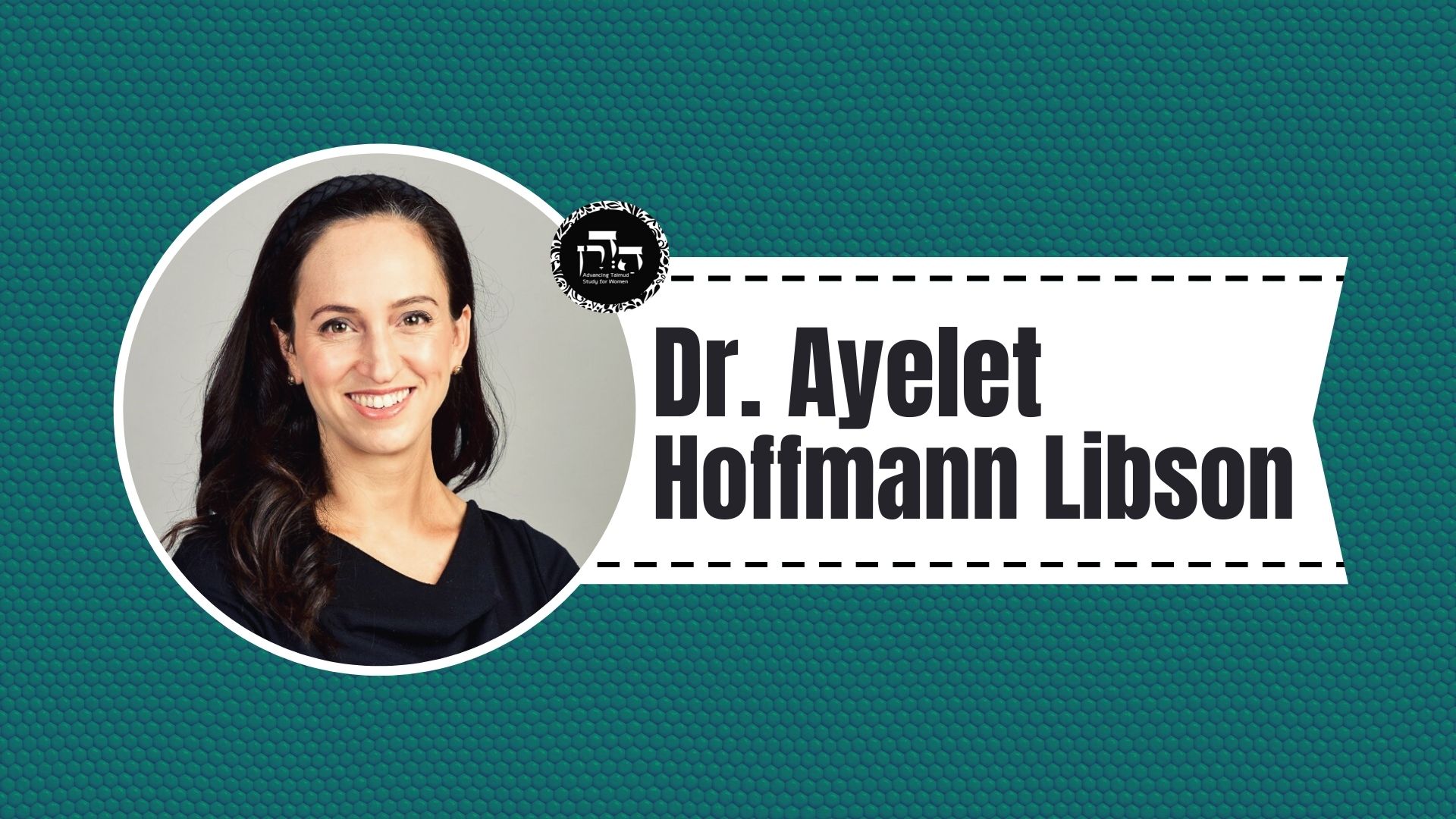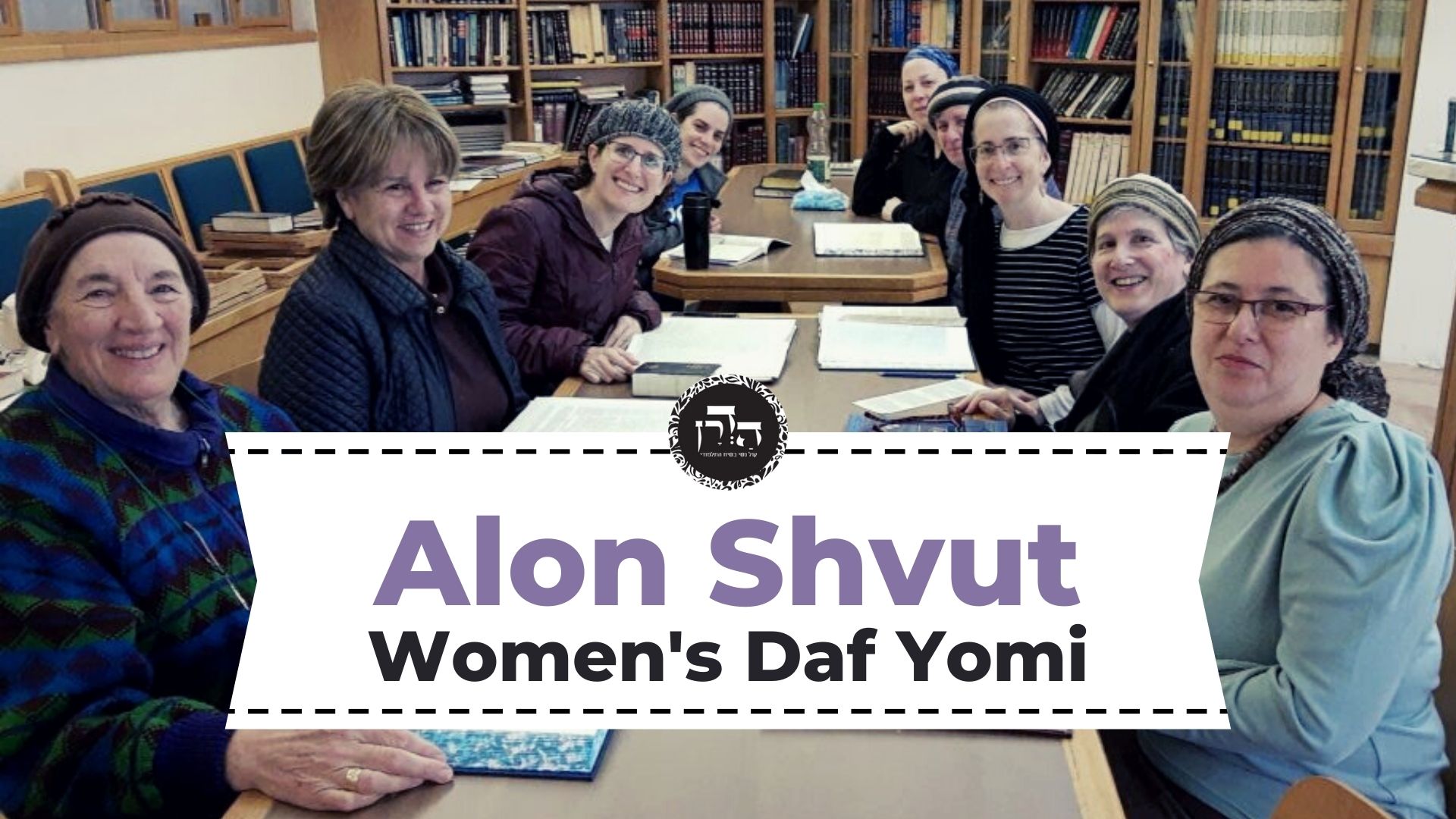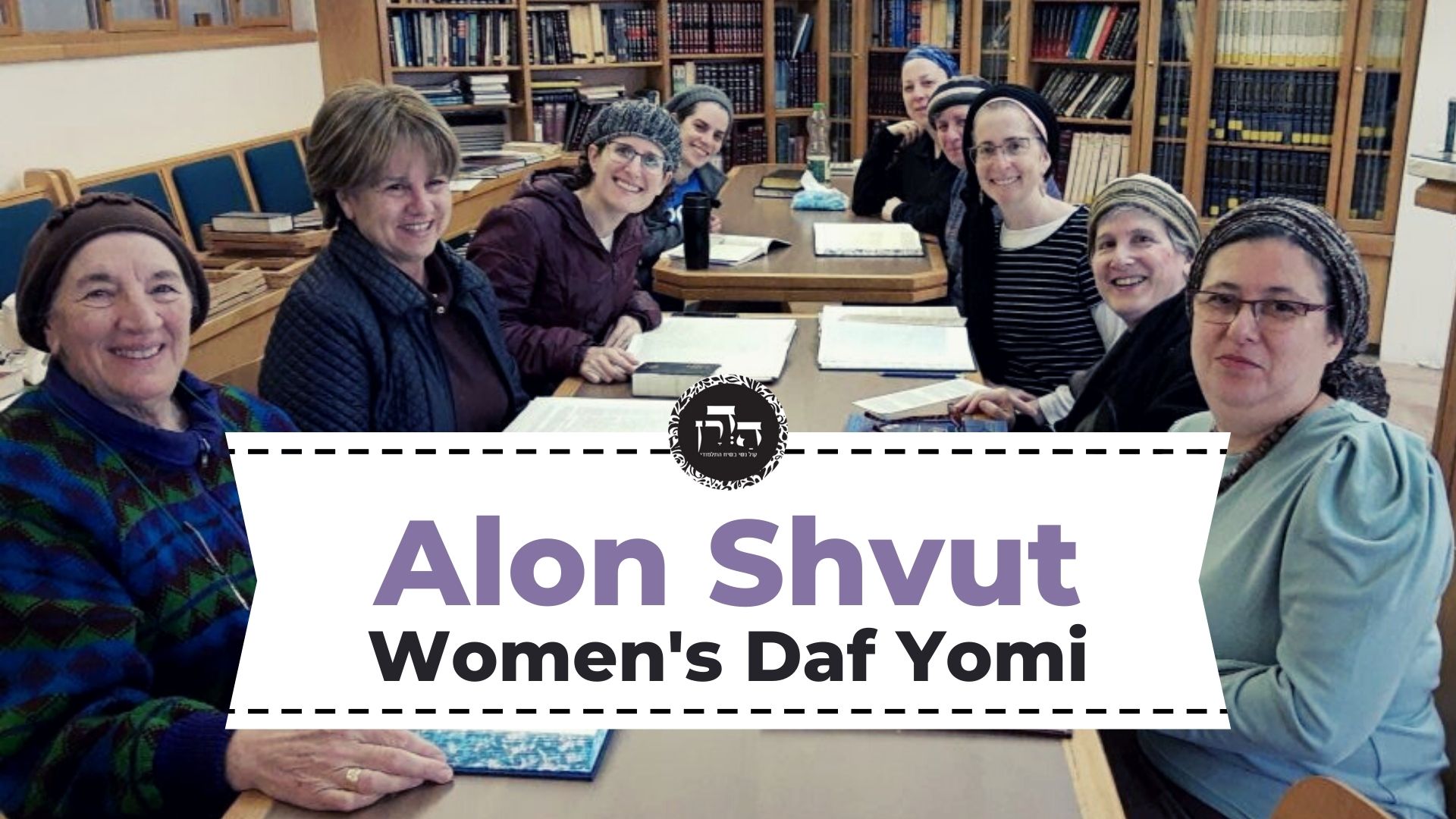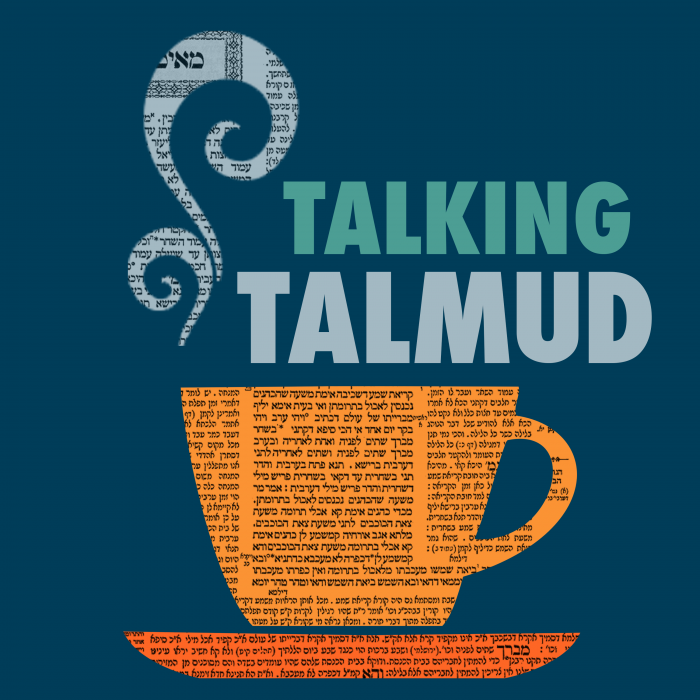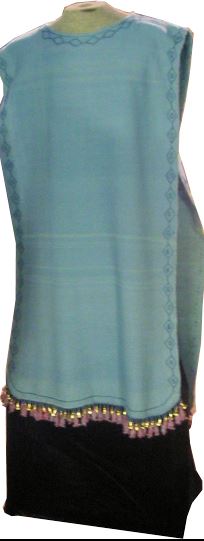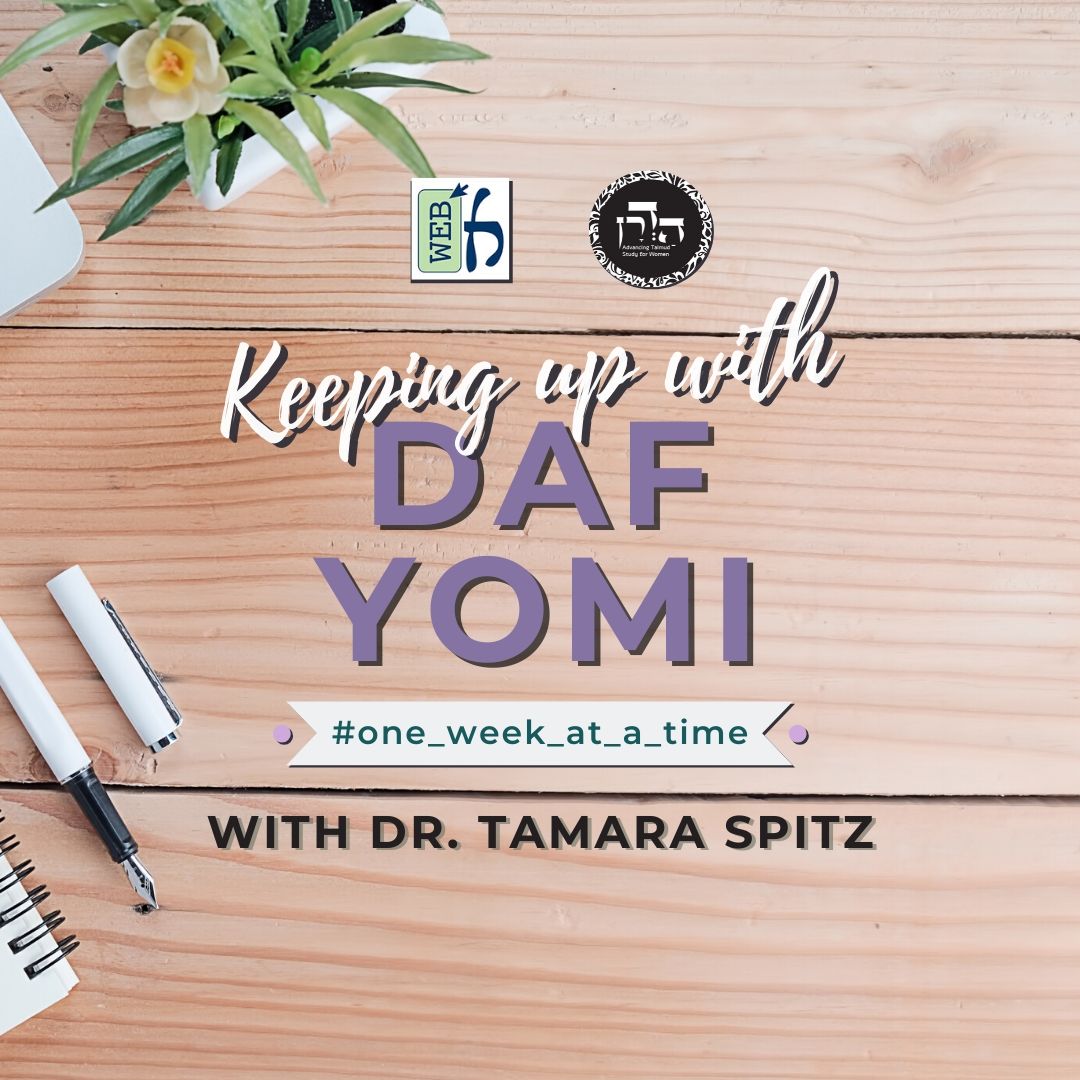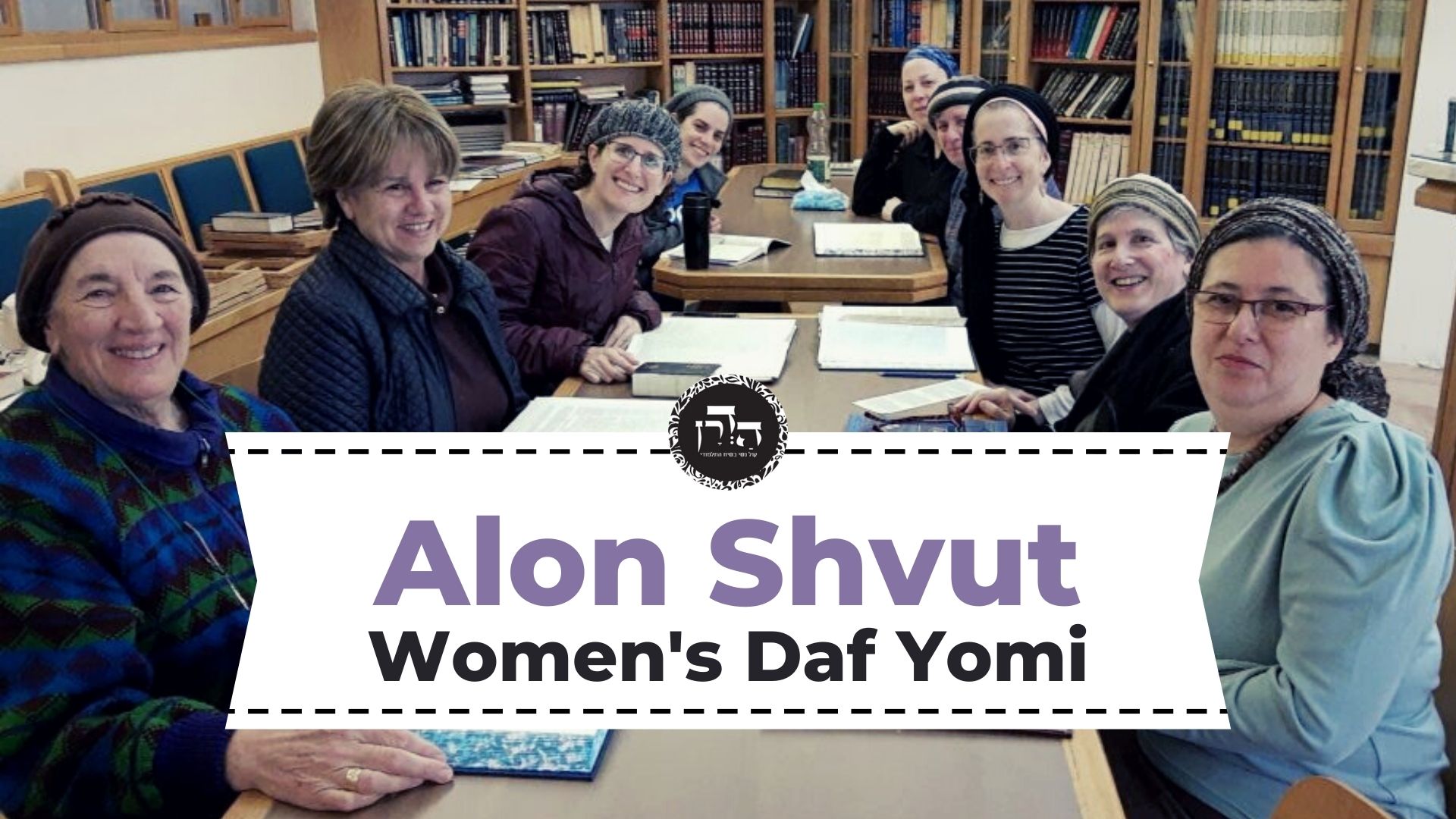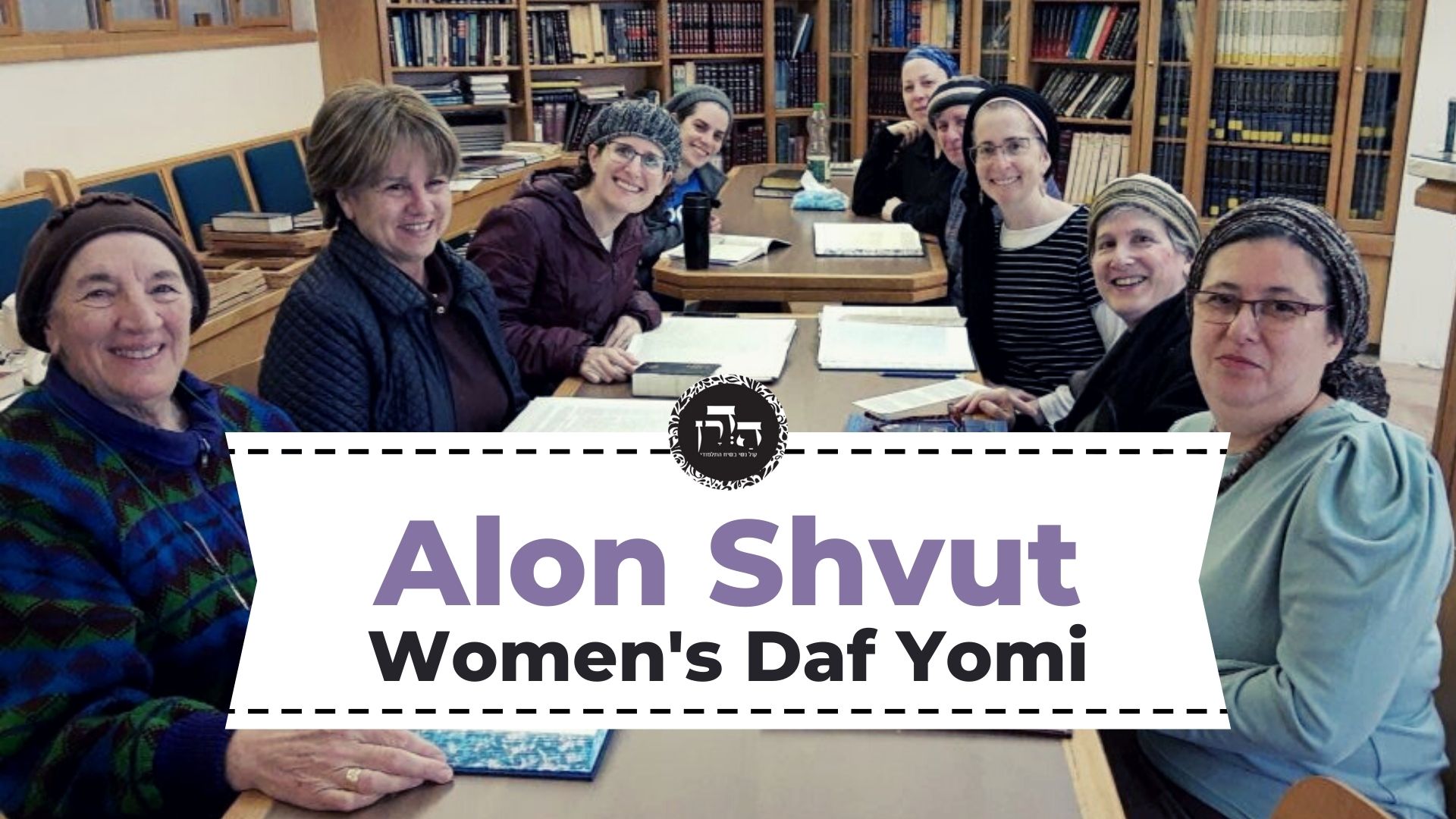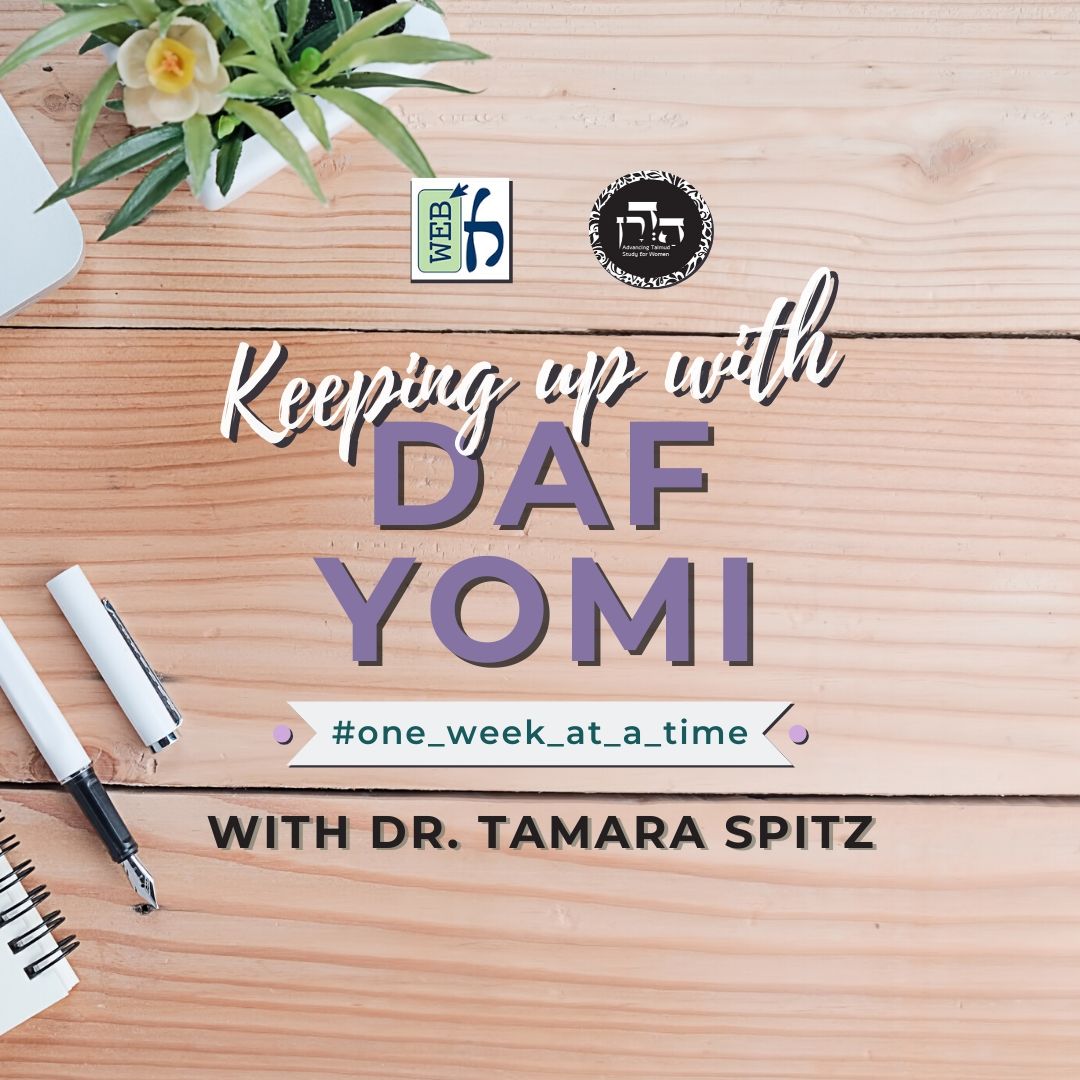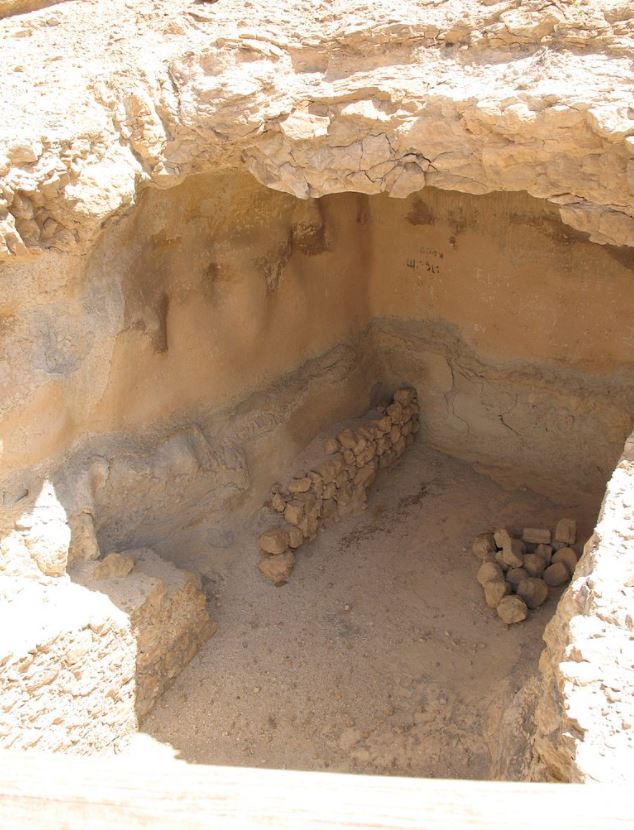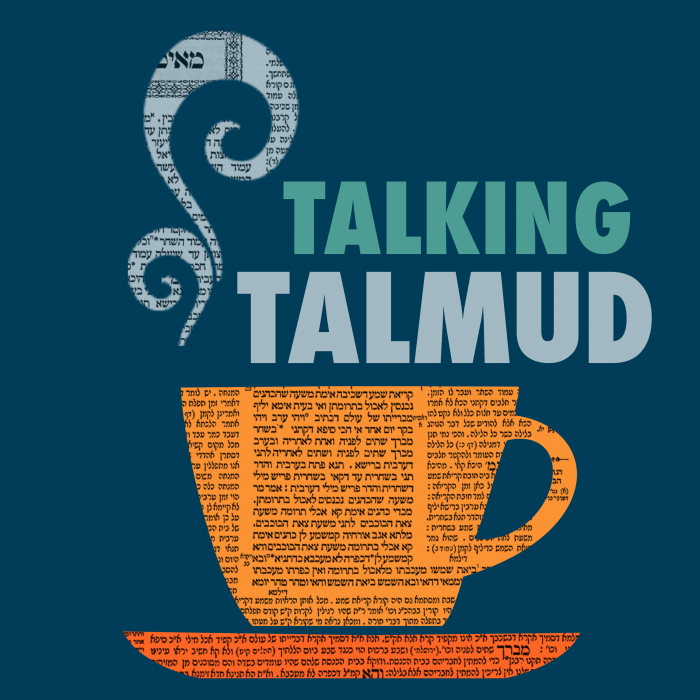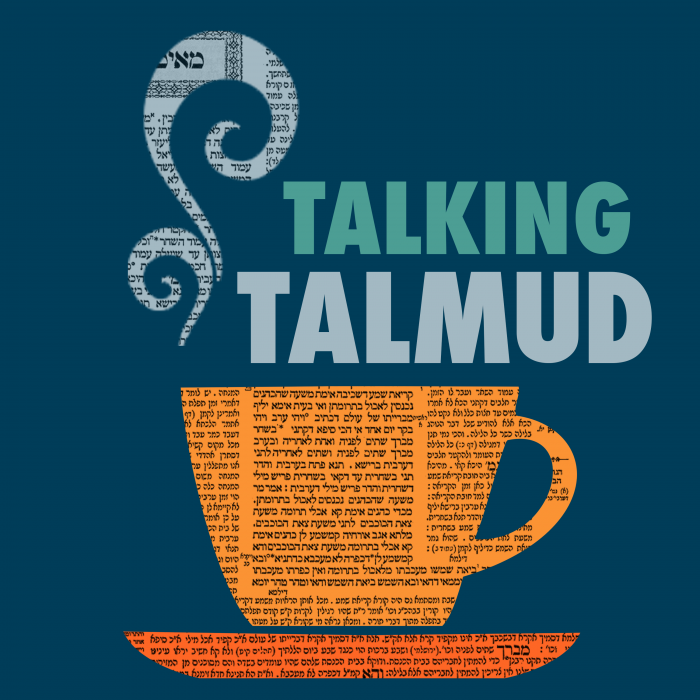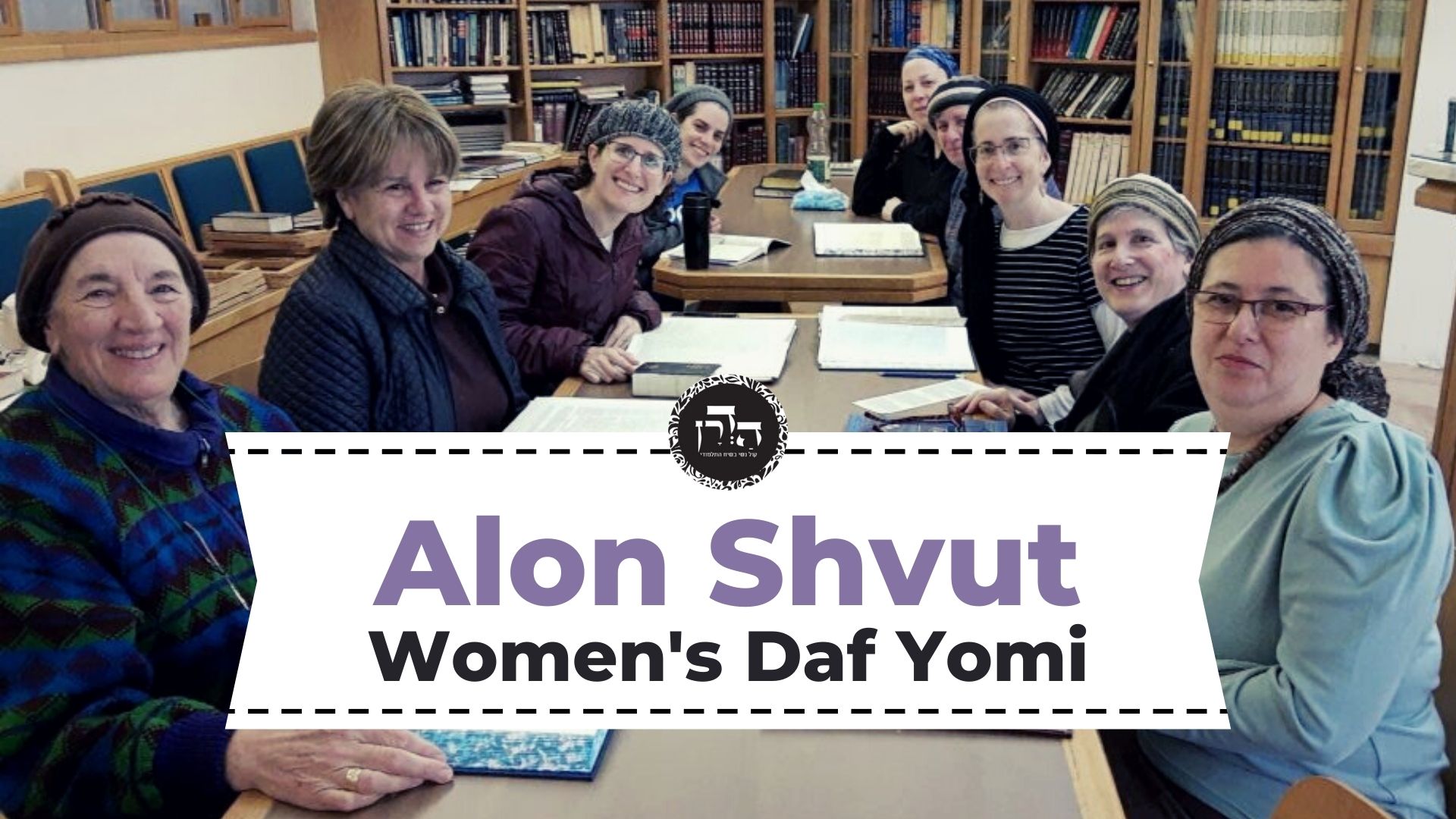Yoma 60
מִשּׁוּם דְּהָוֵי תְּרוּמַת הַדֶּשֶׁן וּבִגְדֵי כְהוּנָּה שְׁנֵי כְתוּבִין הַבָּאִין כְּאֶחָד, וְכׇל שְׁנֵי כְתוּבִין הַבָּאִין כְּאֶחָד — אֵין מְלַמְּדִין.
The Gemara answers: The reason is because the mitzva of the removal of the ashes and the priestly vestments, the four white garments worn by the High Priest on Yom Kippur, are both subject to the special halakha that misuse of consecrated objects applies to them even after their mitzva has been performed. Consequently, they are two verses that come as one, i.e., they share a unique halakha not found elsewhere. And there is a principle: Any two verses that come as one do not teach, i.e., an analogy may not be derived from these two similar cases. Instead, they are considered exceptional instances that cannot serve as models for other cases.
הָנִיחָא לְרַבָּנַן, דְּאָמְרִי: ״וְהִנִּיחָם שָׁם״, מְלַמֵּד שֶׁטְּעוּנִין גְּנִיזָה.
The Gemara raises a further difficulty: This works out well according to the opinion of the Rabbis, who say that the verse: “And he shall take off the linen garments, which he wore when he went into the sacred place, and shall leave them there” (Leviticus 16:23), teaches that the four white garments worn by the High Priest on Yom Kippur are not fit for further use, and they require interment.
אֶלָּא לְרַבִּי דּוֹסָא, דְּאָמַר: בִּגְדֵי כְהוּנָּה רְאוּיִן הֵן לְכֹהֵן הֶדְיוֹט, מַאי אִיכָּא לְמֵימַר?
However, according to the opinion of Rabbi Dosa, who said that these priestly vestments are fit for a common priest and do not require interment, one does not misuse consecrated property by using them, and therefore what is there to say? In his opinion, the halakha of misuse of consecrated objects after the performance of a mitzva applies only to the removal of ashes from the altar, not to the priestly vestments, which means it is stated in only a single case. Why, then, does this case not serve as a model for other instances in the Torah?
מִשּׁוּם דְּהָוֵי תְּרוּמַת הַדֶּשֶׁן וְעֶגְלָה עֲרוּפָה שְׁנֵי כְתוּבִין הַבָּאִין כְּאֶחָד, וְכׇל שְׁנֵי כְתוּבִין הַבָּאִין כְּאֶחָד — אֵין מְלַמְּדִין.
The Gemara responds: The reason is because the cases of the removal of the ashes and the heifer whose neck is broken are two verses that come as one, as it is prohibited to derive benefit from either of them even after their mitzva is completed, and any two verses that come as one do not teach their common feature to other cases. The heifer whose neck is broken is a ritual performed when a murder victim’s body is found outside a town, and it is not known who caused his death.
הָנִיחָא לְמַאן דְּאָמַר אֵין מְלַמְּדִין, אֶלָּא לְמַאן דְּאָמַר מְלַמְּדִין, מַאי אִיכָּא לְמֵימַר? תְּרֵי מִיעוּטֵי כְּתִיבִי: ״וְשָׂמוֹ״, ״הָעֲרוּפָה״.
The Gemara challenges this reply from a different angle: It works out well according to the one who said that two verses that come as one do not teach their common feature to other cases, but according to the one who says that two verses that come as one do teach with regard to other cases, what is there to say? The Gemara answers: Two exclusions are written in these two cases, which indicate that this halakha applies to them alone. With respect to the removal of ashes, it states: “And he shall put it” (Leviticus 6:3), implying “it” and nothing else. With regard to the heifer whose neck is broken, it is written: “Whose neck was broken” (Deuteronomy 21:6), which teaches that this halakha applies solely to this case.
וְהָנֵי תְּלָתָא קְרָאֵי בְּדָם — לְמָה לִי?
The Gemara asks: And if this halakha is derived from those two cases, why do I need these three verses stated with regard to blood, from which it is derived that the prohibition against misuse of consecrated objects does not apply to the remainder of blood that flows to the Kidron River? The reference is to the three phrases singled out above from the verse: “I have given it to you upon the altar to make atonement for your souls, for it is the blood that makes atonement by reason of the life” (Leviticus 17:11).
חַד לְמַעוֹטֵי מִנּוֹתָר, וְחַד לְמַעוֹטֵי מִמְּעִילָה, וְחַד לְמַעוֹטֵי מִטּוּמְאָה.
The Gemara answers: One of those phrases comes to exclude the blood from the prohibition of notar, offerings that remain after the time when they may be eaten has expired. If one ate leftover blood, he is not punished with karet, as generally incurred by one who consumes notar. Rather, he is liable only for violating the prohibition against eating blood. And one phrase comes to exclude it from the prohibition against misuse of consecrated objects, and one other phrase comes to exclude it from ritual impurity. If one ate this blood in a state of ritual impurity, he is liable only for the transgression of eating blood, but not on account of eating consecrated food while ritually impure.
אֲבָל מִפִּיגּוּל לָא צְרִיךְ לְמַעוֹטֵי קְרָא, דִּתְנַן: כׇּל שֶׁיֵּשׁ לוֹ מַתִּירִין, בֵּין לְאָדָם, בֵּין לְמִזְבֵּחַ — חַיָּיבִין עָלָיו מִשּׁוּם פִּיגּוּל. וְדָם עַצְמוֹ מַתִּיר הוּא.
However, no verse is required to exclude this blood from the halakha of piggul, an offering disqualified by improper intention, because this is already derived from another source, as we learned in a mishna: With regard to any offering that has another rite that permits it, e.g., an offering that is permitted by the sprinkling of blood or by means of a second offering, one is liable to receive karet if he eats it after it is rendered piggul. This is the case whether the other rite permits it for human consumption or whether it enables the offering to be sacrificed on the altar. However, the permitting factor itself is not subject to piggul. Consequently, piggul does not apply to blood itself, as it renders the offering permitted for human consumption or for the altar.
מַתְנִי׳ כׇּל מַעֲשֵׂה יוֹם הַכִּפּוּרִים הָאָמוּר — עַל הַסֵּדֶר. אִם הִקְדִּים מַעֲשֶׂה לַחֲבֵירוֹ — לֹא עָשָׂה כְּלוּם. הִקְדִּים דַּם הַשָּׂעִיר לְדַם הַפָּר — יַחְזוֹר וְיַזֶּה מִדַּם הַשָּׂעִיר לְאַחַר דַּם הַפָּר. וְאִם עַד שֶׁלֹּא גָּמַר אֶת הַמַּתָּנוֹת שֶׁבִּפְנִים נִשְׁפַּךְ הַדָּם — יָבִיא דָּם אַחֵר, וְיַחְזוֹר בַּתְּחִילָּה מִבִּפְנִים.
MISHNA: Each action performed in the context of the service of Yom Kippur stated in the mishna, as in the Torah, is listed in order. If the High Priest performed one of the actions before another, he has done nothing. If he performed the sprinkling of the blood of the goat before the sprinkling of the blood of the bull, he must repeat the action and sprinkle the blood of the goat after sprinkling the blood of the bull, so that the actions are performed in the proper order. And if the blood spills before he completed the presentations that were sprinkled inside the Holy of Holies, he must slaughter another bull or goat, and bring other blood, and then repeat all the services from the beginning inside the Holy of Holies.
וְכֵן בַּהֵיכָל, וְכֵן בְּמִזְבַּח הַזָּהָב — שֶׁכּוּלָּן כַּפָּרָה בִּפְנֵי עַצְמָן. רַבִּי אֶלְעָזָר וְרַבִּי שִׁמְעוֹן אוֹמְרִים: מִמָּקוֹם שֶׁפָּסַק, מִשָּׁם הוּא מַתְחִיל.
And similarly, if the blood spills before he finishes the presentations in the Sanctuary, he must begin the service in the Sanctuary from the beginning, and likewise with regard to the sprinkling of blood on the golden altar. Since they are each acts of atonement in and of themselves, there is no need to repeat the service of the entire day from the beginning. Rather, he need only repeat the specific element that he failed to complete. Rabbi Elazar and Rabbi Shimon say: From the place that he interrupted that particular service, when the blood spilled, there he resumes performance of that service. In their opinion, each individual sprinkling in each of these services is an act in and of itself, and there is no need to repeat what he has already done.
גְּמָ׳ תָּנוּ: רַבָּנַן כׇּל מַעֲשֵׂה יוֹם הַכִּפּוּרִים הָאָמוּר — עַל הַסֵּדֶר. אִם הִקְדִּים מַעֲשֶׂה לַחֲבֵירוֹ — לֹא עָשָׂה כְּלוּם. אָמַר רַבִּי יְהוּדָה: אֵימָתַי? בִּדְבָרִים הַנַּעֲשִׂין בְּבִגְדֵי לָבָן מִבִּפְנִים, אֲבָל דְּבָרִים הַנַּעֲשִׂין בְּבִגְדֵי לָבָן מִבַּחוּץ, אִם הִקְדִּים מַעֲשֶׂה לַחֲבֵירוֹ — מַה שֶּׁעָשָׂה עָשׂוּי.
GEMARA: The Sages taught: Each action performed in the context of the service of Yom Kippur stated in the Torah is listed in order. If the High Priest performed one of the actions before another, he has done nothing. Rabbi Yehuda said: When does this apply? It applies to those actions performed in white garments inside the Sanctuary, e.g., burning the incense and sprinkling the blood, which are the essential services of the day. However, with regard to those actions performed in white garments outside, such as the lottery and the confession, if he performed one action before another, what he did is done and he need not repeat the rite.
רַבִּי נְחֶמְיָה אוֹמֵר: בַּמֶּה דְּבָרִים אֲמוּרִים — בִּדְבָרִים הַנַּעֲשִׂים בְּבִגְדֵי לָבָן, בֵּין מִבִּפְנִים בֵּין מִבַּחוּץ. אֲבָל בִּדְבָרִים הַנַּעֲשִׂים בְּבִגְדֵי זָהָב מִבַּחוּץ — מַה שֶּׁעָשָׂה עָשׂוּי. אָמַר רַבִּי יוֹחָנָן, וּשְׁנֵיהֶם מִקְרָא אֶחָד דָּרְשׁוּ: ״וְהָיְתָה זֹּאת לָכֶם לְחוּקַּת עוֹלָם אַחַת בַּשָּׁנָה״,
In contrast, Rabbi Neḥemya says: In what case is this statement said, that the order is indispensable? It is said with regard to actions performed in white garments, whether inside or outside the Sanctuary. However, with regard to those actions performed in golden garments outside the Sanctuary, the regular Temple service and additional services, if the order was altered, what he did is done. Rabbi Yoḥanan said: And both of them, Rabbi Yehuda and Rabbi Neḥemya, derived their opinions from one verse: “And this shall be an everlasting statute to you, to make atonement for the children of Israel for all their sins once a year” (Leviticus 16:34).
רַבִּי יְהוּדָה סָבַר: מָקוֹם שֶׁמִּתְכַּפְּרִין בּוֹ פַּעַם אַחַת בַּשָּׁנָה. וְרַבִּי נְחֶמְיָה סָבַר: דְּבָרִים הַמִּתְכַּפְּרִין בָּהֶן פַּעַם אַחַת בַּשָּׁנָה.
Rabbi Yehuda maintains that this is referring to the place where atonement is achieved once a year, namely the Holy of Holies. In his opinion, the order of actions is indispensable for the services performed in the Holy of Holies. And Rabbi Neḥemya maintains that the verse is referring to the actions through which atonement is achieved once a year, meaning both the place and the garments. Consequently, in the opinion of Rabbi Neḥemya, the order for all actions performed in white clothes is indispensable.
אַטּוּ לְרַבִּי יְהוּדָה ״מָקוֹם״ כְּתִיב? אֶלָּא, הַיְינוּ טַעְמֵיהּ דְּרַבִּי יְהוּדָה: כְּתִיב ״זֹאת״, וּכְתִיב ״אַחַת״. חַד לְמַעוֹטֵי בִּגְדֵי לָבָן מִבַּחוּץ, וְחַד לְמַעוֹטֵי בִּגְדֵי זָהָב.
The Gemara asks: Is that to say that according to the opinion of Rabbi Yehuda the word place is written? The verse merely states “once a year,” which apparently is referring to the order of the service in general but not to a specific place. Rather, the Gemara retracts the previous explanation in favor of the following: This is the reasoning of Rabbi Yehuda: It is written: “This” (Leviticus 16:34), which is a term of restriction and limitation, and it is written: “Once a year” (Leviticus 16:34), another term of restriction. One restriction comes to exclude actions performed in the white garments outside the Sanctuary, meaning that they are not indispensable; and one restriction comes to exclude actions performed in the gold garments.
וְרַבִּי נְחֶמְיָה: חַד לְמַעוֹטֵי בִּגְדֵי זָהָב, וְחַד לְמַעוֹטֵי שִׁירַיִם דְּלָא מְעַכְּבִי. וְרַבִּי יְהוּדָה: אִי מְעַכְּבִי — מְעַכְּבִי, וְאִי לָא מְעַכְּבִי — לָא מְעַכְּבִי.
And how does Rabbi Neḥemya interpret these two restricting expressions? In his opinion, one of the restrictions comes to exclude actions performed in the gold garments, and one restriction comes to exclude the remainders of blood that are poured at the base of the altar, meaning that these are not indispensable. If the High Priest performed a service that is supposed to come after the spilling of the blood too early, the service is valid, despite the fact that the spilling of the blood is performed in white garments. The Gemara asks: And what does Rabbi Yehuda maintain with regard to the remainders of blood? The Gemara answers: In his opinion, if the other actions performed outside are indispensable, this too is indispensable; and if the other acts performed outside are not indispensable, the remainders are not indispensable either. The pouring of the remainders of blood is no different from the sprinkling of blood in this regard.
כִּדְתַנְיָא: ״וְכִלָּה מִכַּפֵּר אֶת הַקּוֹדֶשׁ״, אִם כִּפֵּר — כִּלָּה, וְאִם לֹא כִּפֵּר — לֹא כִּלָּה, דִּבְרֵי רַבִּי עֲקִיבָא. אָמַר לוֹ רַבִּי יְהוּדָה: מִפְּנֵי מָה לֹא נֶאֱמַר: אִם כִּלָּה — כִּפֵּר, וְאִם לֹא כִּלָּה — לֹא כִּפֵּר, שֶׁאִם חִיסֵּר אַחַת מִן הַמַּתָּנוֹת לֹא עָשָׂה וְלֹא כְלוּם.
In proof that Rabbi Yehuda maintains that pouring the remainders of blood is no different from the sprinkling of blood, the Gemara cites a baraita that is referring to a case where the pouring of the remainders of the blood is entirely omitted. As it was taught in a baraita: “And when he has finished atoning for the sacred place” (Leviticus 16:20). This verse indicates that if he performed the atonement, he has finished the order of the service; and if he did not perform the atonement, he has not finished. This is the statement of Rabbi Akiva. Rabbi Yehuda said to him: Why do we not say that if he finished sprinkling all the blood, he has performed atonement; and if he did not finish, he has not performed atonement? This would indicate that if one of the presentations is lacking it is as though he did nothing.
וְאָמְרִינַן: מַאי בֵּינַיְיהוּ? רַבִּי יוֹחָנָן וְרַבִּי יְהוֹשֻׁעַ בֶּן לֵוִי. חַד אָמַר: מַשְׁמָעוּת דּוֹרְשִׁין אִיכָּא בֵּינַיְיהוּ. וְחַד אָמַר: שִׁירַיִם מְעַכְּבִי אִיכָּא בֵּינַיְיהוּ.
And we say in this regard: What is the practical difference between them? Rabbi Yoḥanan and Rabbi Yehoshua ben Levi debated this point. One of them said: There is a difference between them with regard to the source from which they derive their interpretation, i.e., there is no halakhic difference between them but only a dispute as to how to interpret the verses. And the other one said: There is a difference between them with respect to whether pouring the remainders of blood at the base of the altar is indispensable to the atonement. According to Rabbi Akiva, it is not indispensable, whereas Rabbi Yehuda maintains that it is indispensable.
וּמִי אָמַר רַבִּי יוֹחָנָן הָכִי? וְהָאָמַר רַבִּי יוֹחָנָן: תַּנָּא רַבִּי נְחֶמְיָה כְּדִבְרֵי הָאוֹמֵר שִׁירַיִם מְעַכְּבִי! קַשְׁיָא.
The Gemara asks: And did Rabbi Yoḥanan actually say this, that in Rabbi Neḥemya’s opinion pouring the remainders of blood is not indispensable? But didn’t Rabbi Yoḥanan himself say in tractate Zevaḥim (111a): Rabbi Neḥemya taught in accordance with the statement of the one who said that the remainders of blood are indispensable? The Gemara comments: Indeed, this is difficult.
אָמַר רַבִּי חֲנִינָא: קְטוֹרֶת שֶׁחֲפָנָהּ קוֹדֶם שְׁחִיטָתוֹ שֶׁל פַּר — לָא עָשָׂה וְלֹא כְלוּם. כְּמַאן — דְּלָא כְּרַבִּי יְהוּדָה, דְּאִי רַבִּי יְהוּדָה, הָאָמַר: כִּי כְּתִיבָא ״חוּקָּה״ — בִּדְבָרִים הַנַּעֲשִׂים בְּבִגְדֵי לָבָן מִבִּפְנִים הוּא דִּכְתִיבָא!
§ Rabbi Ḥanina said: With regard to incense that the High Priest scooped before the slaughtering of the bull, it is as though he did nothing. The Gemara comments: In accordance with whose opinion is this statement? It is not in accordance with the opinion of Rabbi Yehuda. As, if you say it is in accordance with the opinion of Rabbi Yehuda, didn’t Rabbi Yehuda say that when it is written “statute” (Leviticus 16:34), a term that indicates that no details may be altered, it is written with regard to actions performed in white garments within the Sanctuary, whereas scooping incense is done outside?
אֲפִילּוּ תֵּימָא רַבִּי יְהוּדָה, צוֹרֶךְ פְּנִים — כִּפְנִים דָּמֵי. תְּנַן: אִם עַד שֶׁלֹּא גָּמַר מַתָּנוֹת שֶׁבִּפְנִים נִשְׁפַּךְ הַדָּם — יָבִיא דָּם אַחֵר, וְיַחֲזוֹר וְיַזֶּה בַּתְּחִילָּה מִבִּפְנִים. וְאִם אִיתָא, יַחְזוֹר וְיַחְפּוֹן מִבְּעֵי לֵיהּ!
The Gemara rejects this claim: Even if you say that Rabbi Ḥanina holds in accordance with the opinion of Rabbi Yehuda, it is possible that in his opinion scooping the incense for the purpose of it being taken inside is considered like an action actually performed inside. The Gemara raises a difficulty: We learned in the mishna that if the blood spills before the High Priest completed the presentations that were sprinkled inside the Holy of Holies, he must slaughter another bull or goat, bring other blood, and then sprinkle again from the beginning inside. And if it is so, that an action performed outside the Sanctuary for the purpose of a service inside the Sanctuary is considered like an action actually performed inside, merely slaughtering the bull and sprinkling the blood again should be insufficient. Instead, the mishna should have said that he must return and scoop the incense anew. The fact that the mishna did not say this proves that the order of scooping the incense is not indispensable.



